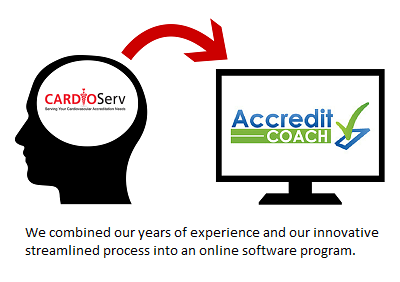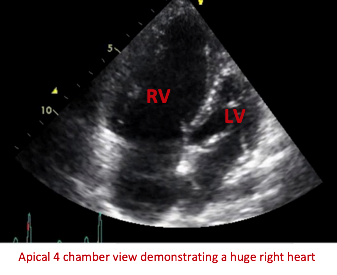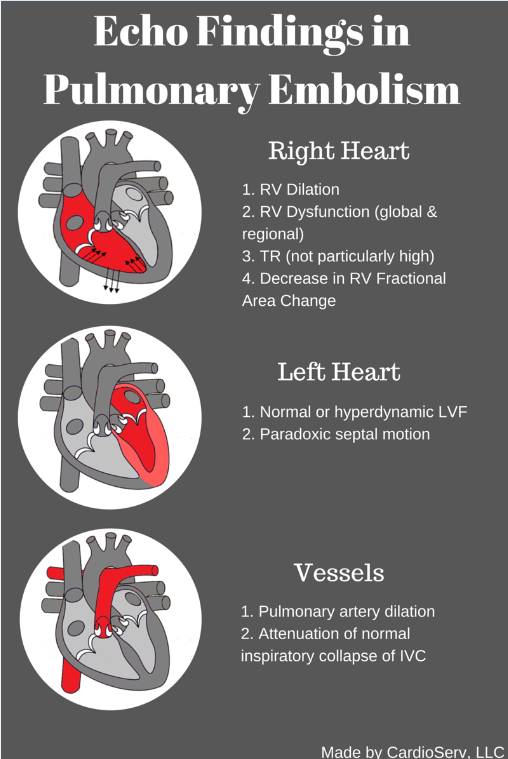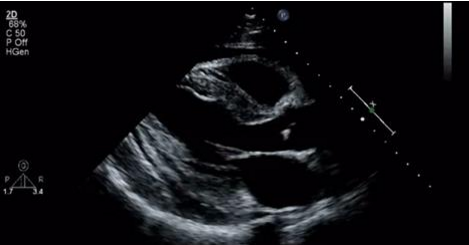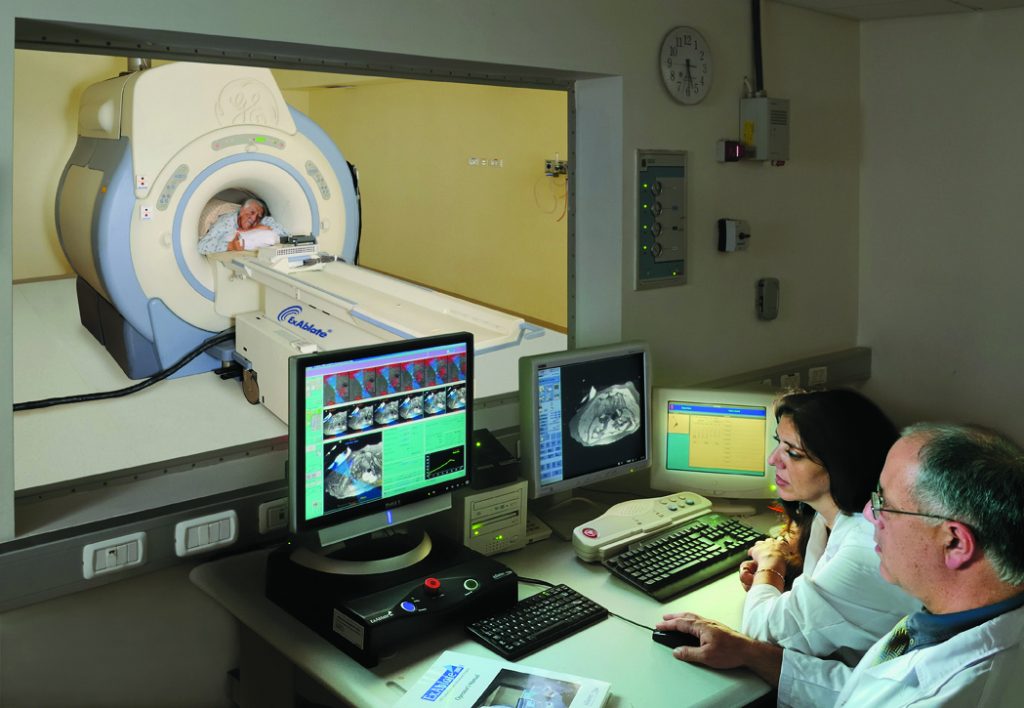The Absolute Easiest Way to Accredit Your Echo Lab…Ever!
The words we hear most often (that we can repeat here!) when we discuss Accreditation is “tedious”, “time-consuming” and “frustrating”. Clients ask me if I’m a glutton for punishment to spend all day, every day processing accreditation applications and dealing with so much paperwork!!
The Absolute Easiest Way to Accredit Your Echo Lab…Ever! Read More »

